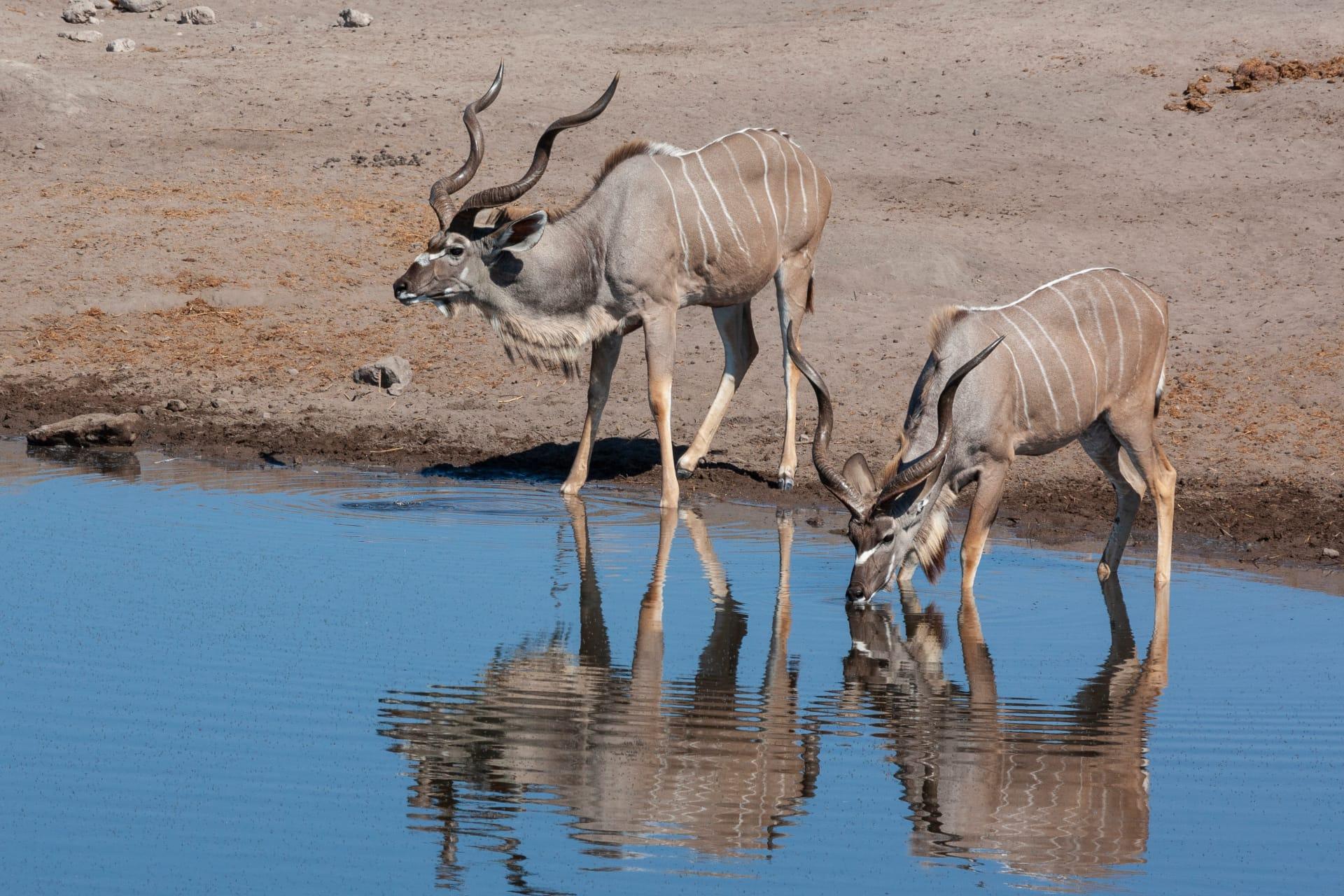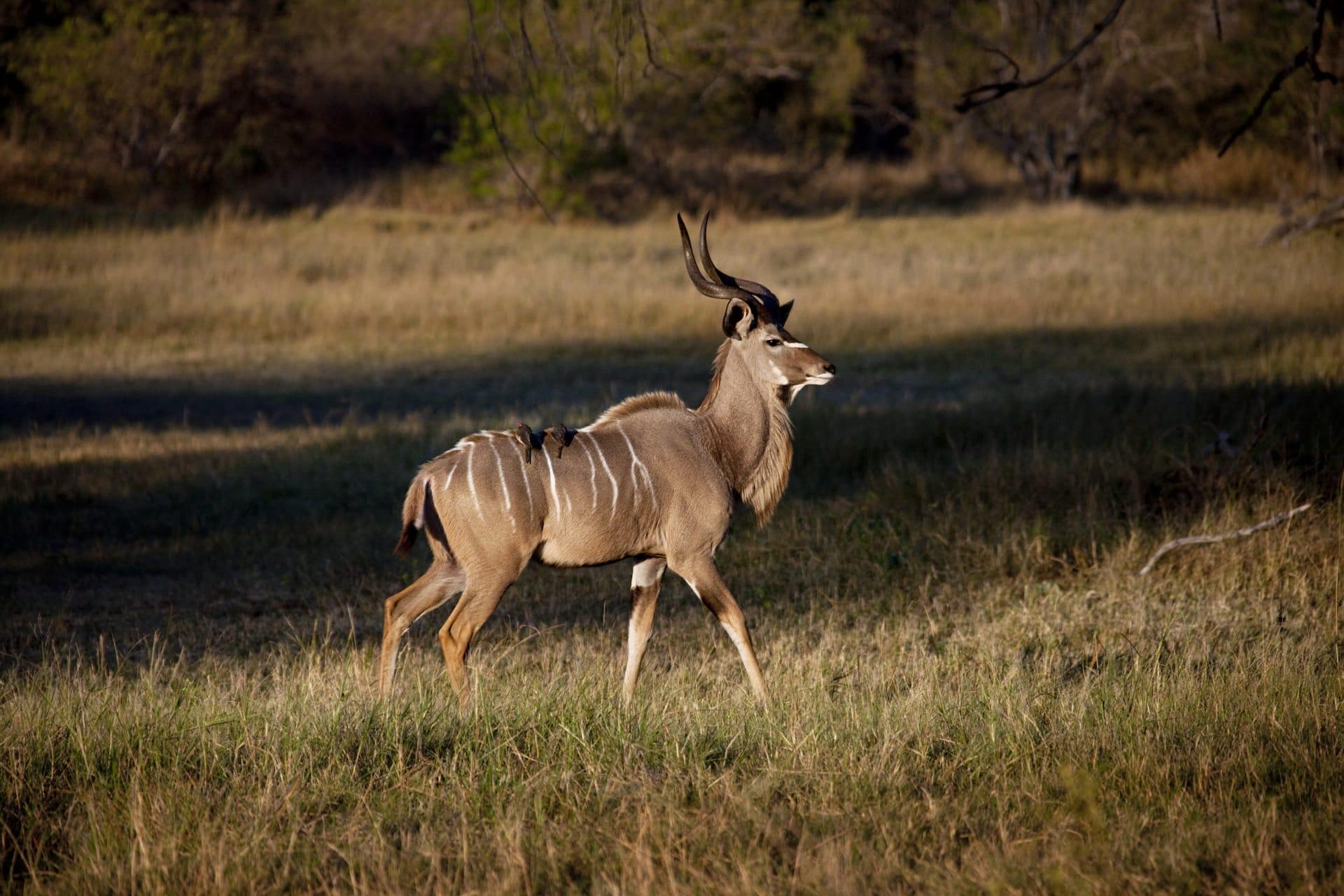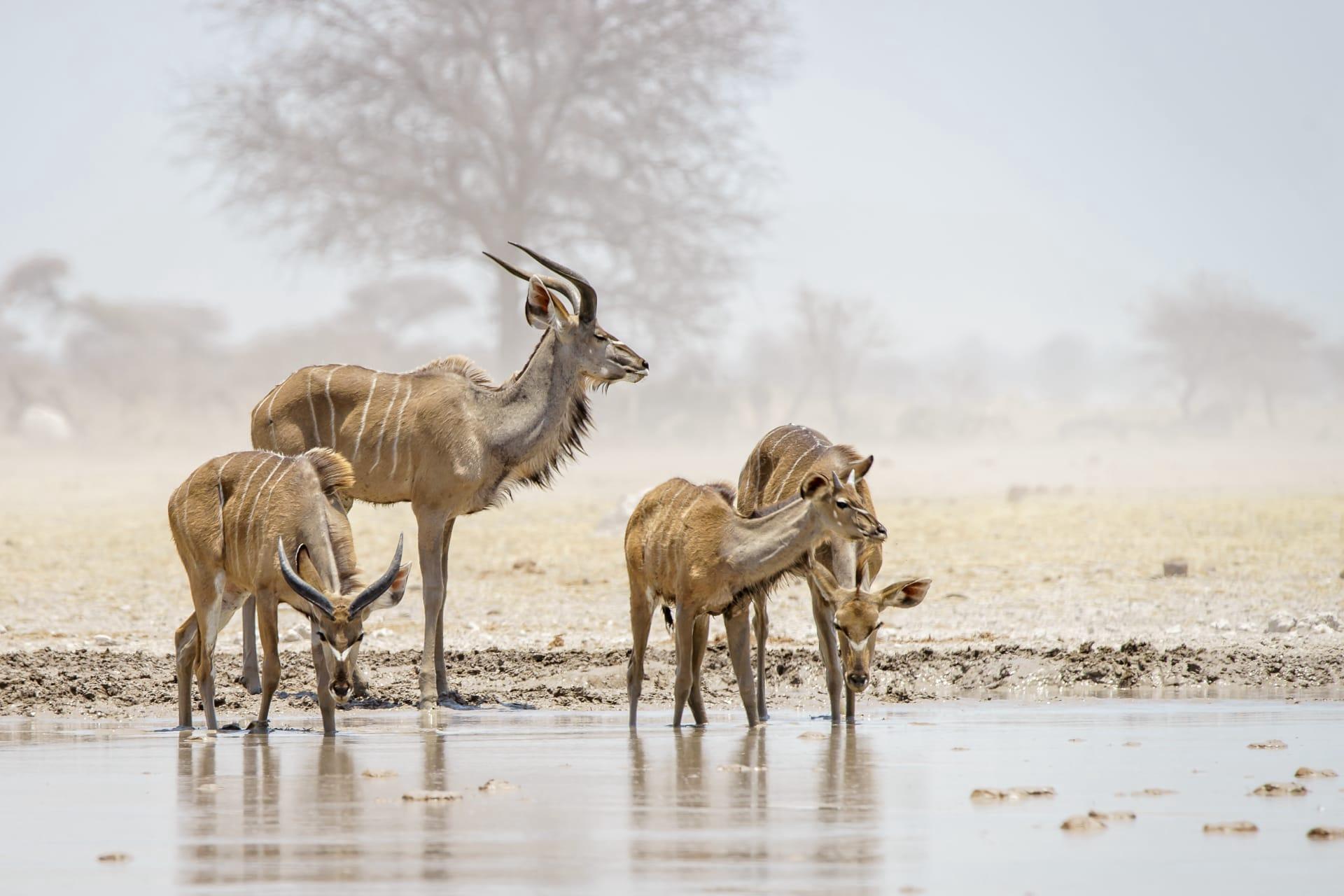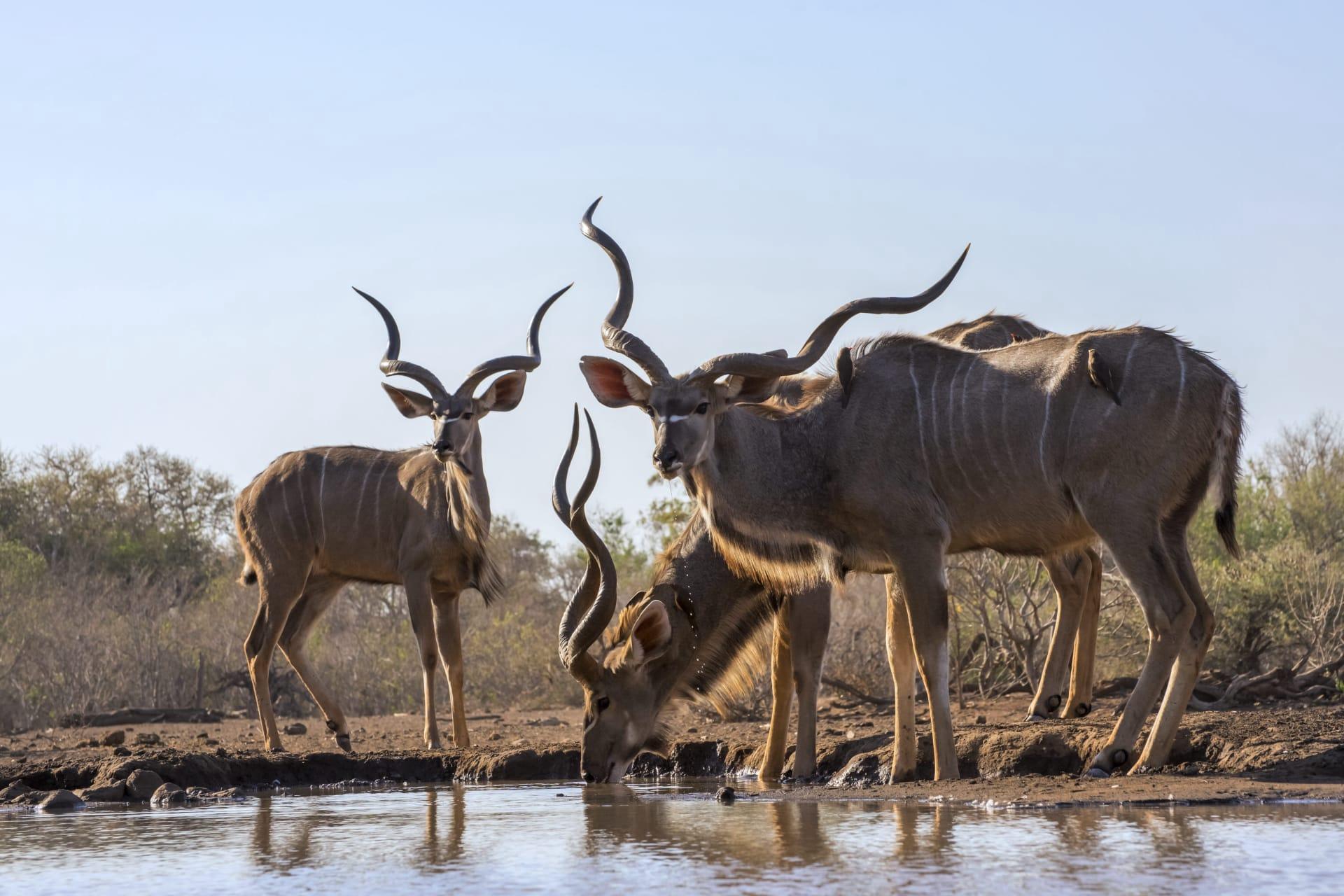Antelope Characteristics
- Home /
- Mini Encyclopedia /
- Animal /
- Antelope Characteristics
1
Antelopes, a diverse group of hoofed animals primarily found in Africa and Asia, exhibit a fascinating range of physical characteristics. These creatures vary significantly in size, with the Royal Antelope standing just at 10-12 inches tall and weighing a mere 5-6 pounds, while the Eland, the largest, towers up to 5-6 feet at the shoulder and can weigh between 1,300-2,200 pounds. Antelopes generally live between 10-20 years in the wild, though this can extend up to 20-25 years under human care, where threats are minimized.
One of the most remarkable organs of an antelope is its highly developed and specialized horns. Unlike deer antlers, which are shed annually, antelope horns are permanent and made of keratin, the same material as human hair and nails. These horns, which can be straight, spiraled, or curved, serve various purposes: from defense against predators to tools for digging and foraging. For instance, the Greater Kudu, a large antelope, boasts spiral horns that can reach up to 72 inches in length, aiding in both defense and intra-species combat during mating rituals.

2
Question: What is the fastest species of antelope and how fast can it run?
Answer: The title for the fastest antelope goes to the Pronghorn, which is technically not a true antelope but often classified as one due to similar characteristics. Native to North America, the Pronghorn can reach astounding speeds of up to 55 miles per hour. This incredible speed is not just for short bursts; the Pronghorn can sustain speeds of 35 miles per hour for several miles, making it one of the fastest land mammals, second only to the cheetah.

3
Antelopes are renowned for their agility and speed, traits that are crucial for survival in the wild. Many species can reach high speeds, like the aforementioned Pronghorn. Their powerful hind legs not only facilitate rapid movement but also enable them to perform remarkable jumps, with some able to leap up to 10 feet high and cover distances of 30 feet in a single bound. This agility is vital for evading predators and navigating through rugged terrain.
When it comes to feeding, antelopes are primarily herbivorous, their diet consisting mainly of grasses, leaves, and shoots. They have adapted to a range of habitats, from dense forests to open plains, and their feeding habits reflect this adaptability. For example, the Dik-dik, a small antelope species, consumes a diet rich in foliage and fruits, obtaining much of its water needs from its food, which is a crucial adaptation for survival in arid environments.

4
Antelopes inhabit a wide range of environments, from the savannas and grasslands of Africa to the deserts of Asia. Each species has adapted to thrive in its specific habitat. For instance, the Addax antelope is well-adapted to desert life, with broad, flat hooves that prevent sinking in the sand and a coat color that changes seasonally to reflect sunlight. Conversely, the Forest Antelope species like the Bongo, thrive in dense rainforests with their strikingly vibrant coats providing camouflage.
In terms of reproduction, antelopes exhibit varied mating behaviors. Many species are polygynous, where dominant males mate with multiple females. The gestation period for antelopes ranges from 4.5 to 9 months, depending on the species. Post-birth, calves are often hidden in vegetation for several days or weeks, a survival strategy to protect them from predators. Mothers usually return to feed and clean their offspring until they are strong enough to join the main herd.

5
Book: "The Behavior and Ecology of the African Buffalo, Camel, Giraffe, and Antelope" by Clive Spinage. Published in 1986, this book delves into the natural history and ecology of several large mammals in Africa, including various antelope species. It provides comprehensive coverage of their behavior, habitat, and survival strategies, drawing from the author's extensive field research in Uganda and Kenya.
Book: "Antelopes: Global Survey and Regional Action Plans" by David P. Mallon and Steven C. Kingswood. This book, published under the auspices of the IUCN in 2001, provides a detailed survey of antelope species worldwide. It offers insights into their conservation status, threats they face, and action plans for their preservation. The authors, both renowned for their work in wildlife conservation, provide a thorough overview of antelope diversity, ecology, and the challenges in conserving these graceful animals.